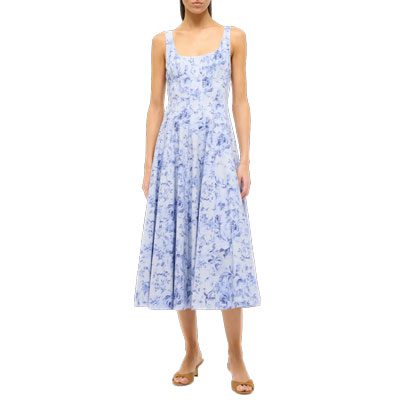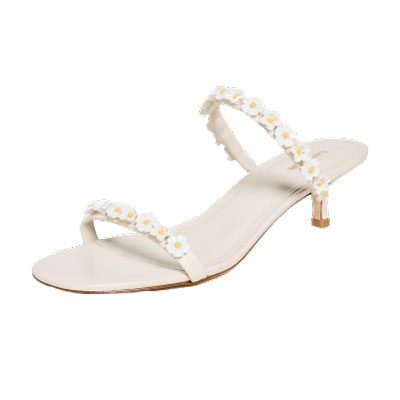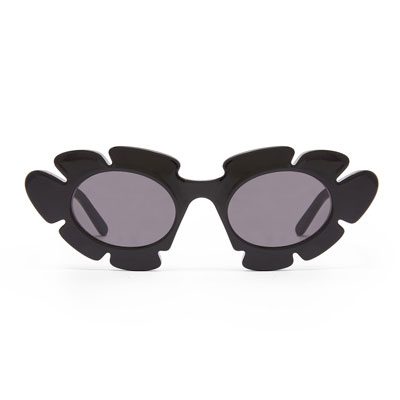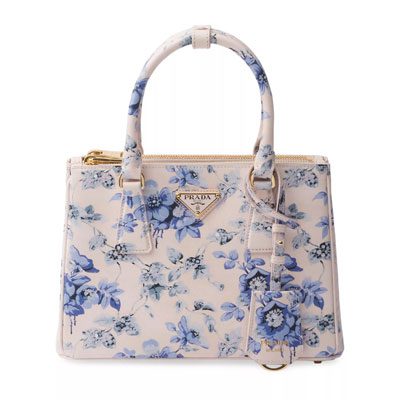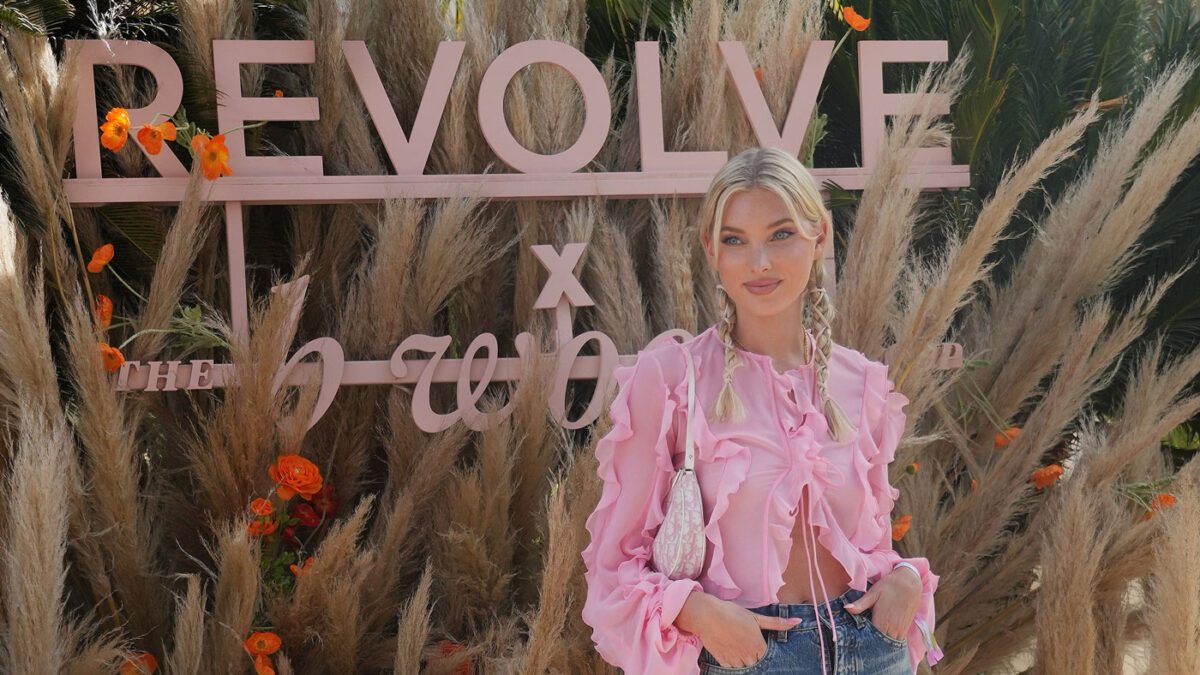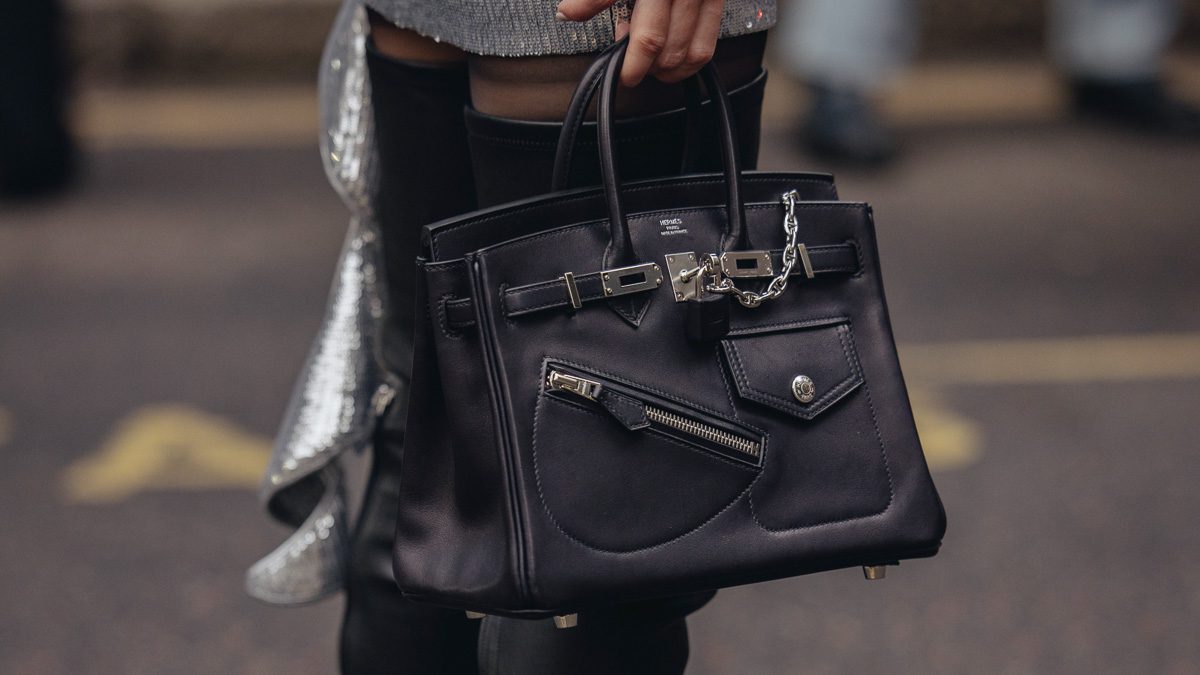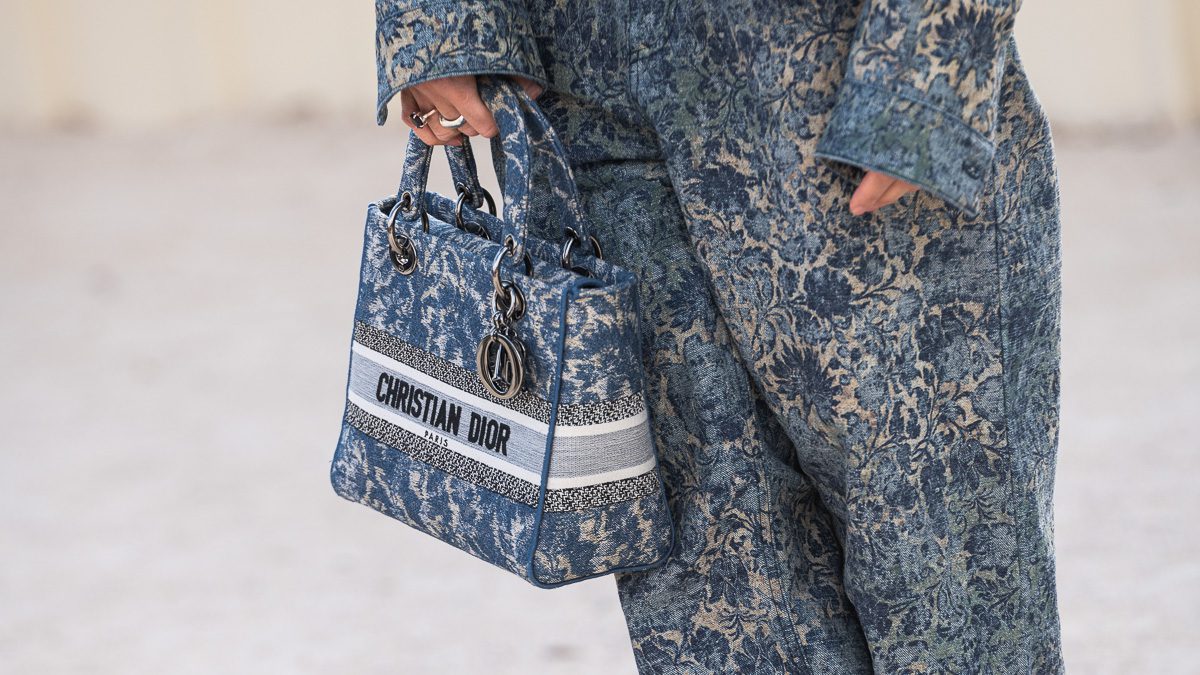With bags that have been around for a while, like classic Chanel or Louis Vuitton pieces, it’s easy to notice prices going up because we have previous numbers for comparison. That’s why prices on those bags go up relatively rarely—raising them is an easy way to irritate existing customers. Those increases aren’t the only way that general price levels in the luxury bag market creep up, though — new designs help pave the way for overall increased price levels, and it seems like way more marquee bags than usual in the past few seasons are arriving with prices creeping toward $3,000. This is insanity, and it’s got to stop. Although it probably never will.
When I was first interested in designer bags, a little over a decade ago, marquee designs like the Balenciaga City Bag and Chloé Paddington retailed from $1,100 to $1,400. The most expensive of the super-popular pieces of the era (at least that I remember) was the Fendi Spy, which was around $2,000 in full leather. That was in 2006 or so, and adjusted for the general rate of inflation, the $1,400ish Paddington would cost around $1,739 today. I cannot prove it (sadly, I have yet to gain the ability to fully inhabit an alternate handbag universe of my own design in order to test my personal theories), but if it debuted for Fall 2018, I am fairly certain any bag like the Paddington would cost at least $2,500. The question of why is a complicated one, and its reasons go far beyond increases in the price of wholesale leather in that time.
First, there are price-tier leaders like Chanel and Hermès, whose broad, dedicated, ultra-rich client base enables them to charge more or less whatever they feel like for their handbags. When Chanel’s famous flap bags will set you back at least four or five grand (and let’s not even talk about Hermès), that gives other brands the cover they need to charge ever-higher prices, especially on debut designs they’ve positioned as the Next Big Thing, without being out of step with the market at large. Lately, it’s hard to find any leather day bag at all for less than $3,000 at Chanel, and that seems to have emboldened the brands that want to compete with them to approach that number as well.
What might be more important, though, is how the fashion industry (and the world, too) has changed since the mid-2000s. As wealth accumulates at the top, the concept of price becomes more flimsy and meaningless to those who have the most money to spend. What’s the difference between $2,000 and $3,000 to multimillionaires? And almost all brands still make what they now consider entry-level designer bags, which are in the $1,000 to $1,500 price range, so they’re still capturing sales at lower price points.
So why not max out?
At a certain price level, shoppers — even those with plenty of money — are going to wonder if they’re getting the level of history, status and prestige from a particular bag that they could be getting if they spent just a little more elsewhere. After all, let’s be real; there are a lot of opportunities to buy a perfectly nice satchel or saddle bag, so brand perception matters in these decisions. And once shoppers start thinking the value might not be there, brands have already lost them — a $2,000 bag isn’t a good value, exactly, but it can feel like that when it’s well-designed and well-made, but still significantly less expensive than the market’s most luxurious players. It makes a lot of buyers feel a little better about splurging to know that what they’ve bought is priced fairly, even just within the context of the top-tier luxury market. If the price part of the equation falters, it changes how shoppers think about a brand, and the perception that a designer is overpriced can alienate consumers for years.
[carousel]It seems like this has already started happening with some designer brands, who debut bag after bag and don’t get a ton of consumer traction and don’t seem to understand why. Brands like Chanel, Dior and Hermès can charge what they do because they’ve spent decades building a case for why they’re the best in the world, which works not only to increase the perceived value of their bags on a quality level, but also on a prestige level — part of the price of carrying a Chanel bag is the opportunity to be seen carrying a Chanel bag. Casting Bella Hadid or Kendall Jenner in an ad campaign doesn’t affect this problem at all for brands that have a harder time building this case for consumers, but it seems to be the main way many of them are trying to combat it. Usually, this tactic suggests they don’t understand what they’re trying to do in the first place.
In particular, many of the brands who seem to struggle with middling interest in their very expensive bags are primarily known for their clothing, and they don’t seem to understand that the audience for designer bags is different — and far broader — and needs to be approached separately. Having convinced a small number of people to pay $3,000 for a cocktail dress doesn’t make a huge difference in whether or not an accessories lover thinks your bag is worth the same price, especially when designers abound who put those shoppers’ needs and interests first. More and more, though, it seems like brands who have long done pretty well in accessories are also falling into this trap, which is why you may have noticed some of them fading from the conversation as the handbag market evolves to provide more (and better) contemporary and mid-priced options.
The logical conclusion to all of this would be for brands to be realistic about their spots in the market and, instead of trying to play catchup with designers that are just inherently different, find their own places to shine, which may very well be at non-maximum price levels. I doubt any brands will be willing to admit this to themselves, though — after all, have you ever noticed one doing anything but raising prices? If designers need a case study, though, they should look to Chloé, which has a wonderful reputation for luxury and has largely kept its day bag debuts at $2,000 or lower, even while everyone around it races toward $3,000. These bags have helped Chloé maintain constant popularity among fashionable women across a range of ages, even though plenty of luxury marketers seem to believe the only way to compete is to convince consumers that any random bag has to cost $3,000. It doesn’t have to be this way, and it would be better for all consumers and most brands if everyone in the bag game just chilled out a little bit.






